Posts Tagged: insects
Could you please pass me the bug kabobs?
Possibly, people could be divided into the following two groups: those who knowingly eat insects, and those who think they have never eaten them. Since I am still assailed by the odd nightmare in which I am bringing to my lips a well-cooked bug that suddenly springs to life, I decided to tackle my bug-food phobia by visiting entomologist Douglas Yanega of UC Riverside last week.
Yanega has eaten insects, even relished them. With no difficulty whatsoever he has ingested honey bees, termites, mealworms, crickets, grasshoppers, ants, June beetles, silkworms and even scorpions.

Eating insects is not unusual in Thailand, Yanega explained. Insects, a good source of highly digestible protein, are part of the diet in Korea, China and Mexico as well.
“You get more bang for the buck when you eat insects, where protein is concerned,” Yanega said. “True, the outer hardened shell is often not digestible, but the softer, internal tissues are. Of course, you want to avoid toxic insects. There are some that could kill you if you ate them.”
How does one know if an insect is toxic? In general, herbivorous insects tend to be more edible. Moreover, insects have evolved to alert other critters — and us! — that they are not suitable for consumption. Bright colors like red, orange or yellow juxtaposed with black on insect bodies are a sure warning from insects that you’d better stay away.
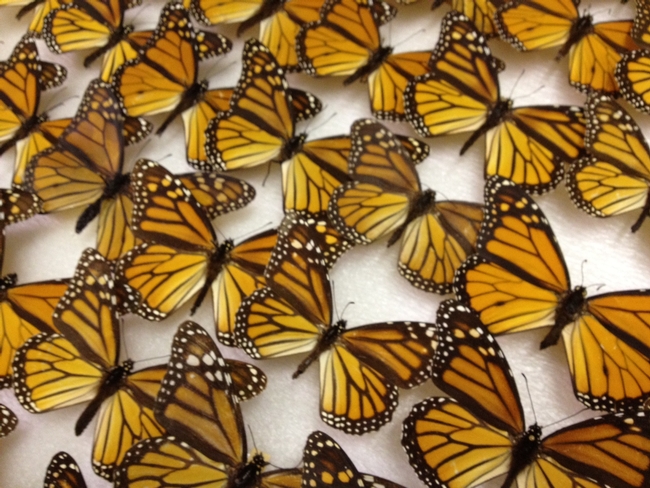
Because few people experiment with eating insects, identifying those that are both edible and delicious can be a big challenge.
“You have, in the middle of the bell curve of insects, a whole lot that are edible but taste awful,” Yanega said. “And there are those at one end of the curve that are just toxic. But at the other end of this curve lie the prized ones: these are edible and tasty.”
In the United States, most people are culturally still averse to eating insects. If you travel to Mexico, however, you might eat stinkbugs, sometimes used to flavor food. Farther off, in Japan, you could enjoy wasp grubs and silkworm larvae. In the mainland parts of Southeast Asia, you can savor giant water bugs and mole crickets.

According to Yanega, one way to get introduced to an entomological diet is to first dry out insects, and then grind them up to a powder.
“You can use this powder as a supplement,” he said. “It’s the easiest way to go about eating insects as food. You can mix the powder into, say, wheat flour to get 'insect-enriched flour.'
If you’re cringing, rest assured that most of us already eat insects unknowingly. Much of food coloring uses insects. The waxy coloring that coats candies is oftentimes insect-based. And a lot of fresh produce has a built-in level of “insect contamination.”
“As long as you are not allergic to an edible insect, you’re safe eating it,” Yanega said. “If you can get past your phobia or stigma of putting bugs in your mouth, you should have no difficulty in adding insects to your diet.”
Which is what most of us would have to do if we found ourselves stranded on an island and famished.
“Should that happen, never mind the brightly colored bugs,” Yanega said. “Instead, go after the ones that are cryptically colored, the ones that look as though they are hiding from something. They would be a much better bet.”
Hedgerows enhance beneficial insects on farms in California’s Central Valley
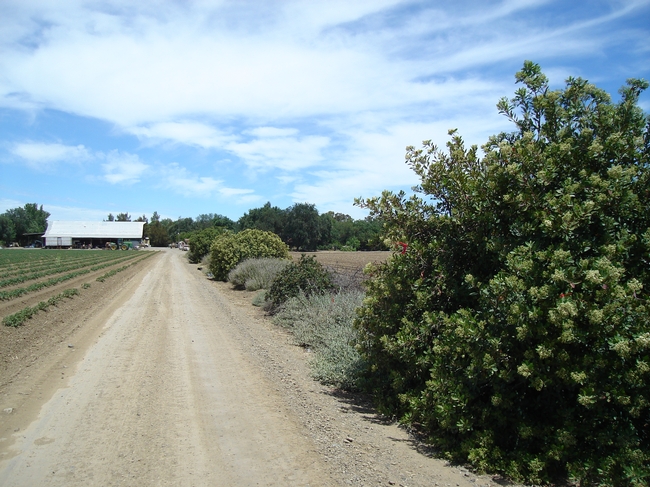
They’ve been in existence for thousands of years with many benefits including serving as wind breaks, helping to reduce soil erosion, and providing habitat for wildlife. All of this helps protect our water and air quality as well as enhances biodiversity.
More recently, studies have shown that hedgerows of California native flowering shrubs planted on field crop edges can enhance beneficial insect activity on farms, possibly leading to biological pest control in adjacent crops. This valuable ecosystem service could lead to reduced insecticide use on farms, possibly enhancing environmental and worker health and safety issues and provide cost savings to growers. for thousands of years with many benefits including serving as wind breaks, helping to reduce soil erosion and providing habitat for wildlife. All of this helps protect our water and air quality as well as enhance biodiversity.
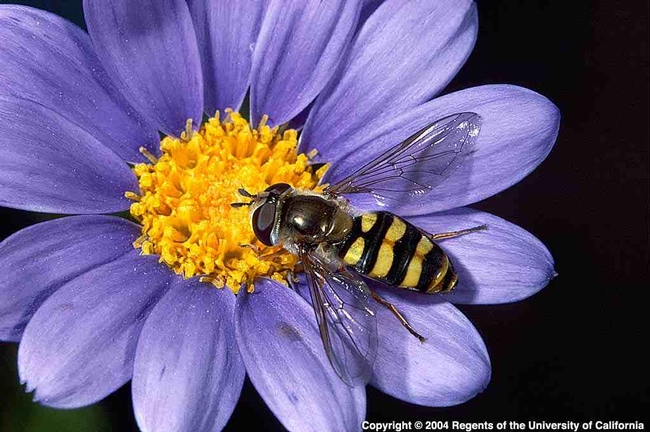
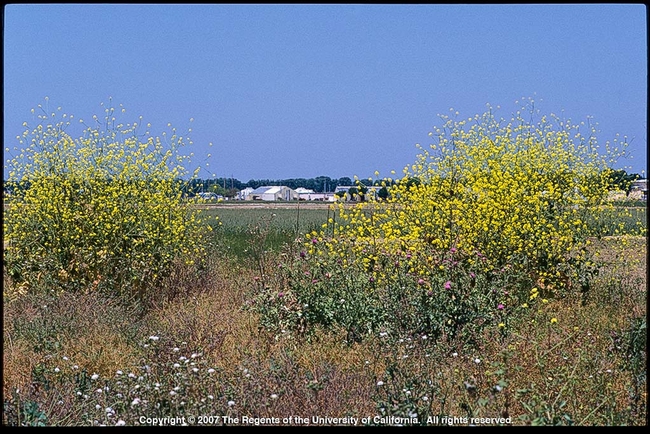
The extent to which enhanced pest control occurs in adjacent crops is still under investigation. However, research to date shows that hedgerows aren’t concentrating beneficial insects; instead they’re actually exporting them into adjacent crops. That is, higher numbers of beneficial insects have been found in crops adjacent to hedgerows of flowering shrubs than weedy field edges. Data are still being collected on impacts to pest control.
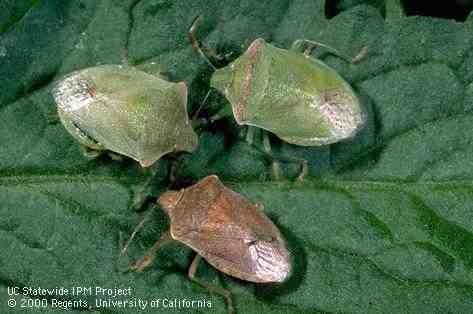
The enhanced biodiversity and potential ecosystem service benefits of hedgerows have prompted the USDA Natural Resource Conservation Service to support growers in planting native shrubs and perennial grasses on their farms. In 2009, 13 miles of hedgerows were established on California farms compared to 3 miles in 2005, so interest is growing. In particular, planting California native flowering shrubs and forbs for attracting native bee pollinators for enhanced pollination in adjacent crops is gaining significant attention. Recently the USDA approved 90 percent cost-share programs for pollinator hedgerows.
More information on plant selection, establishment practices and costs for planting hedgerows on farms can be found in UC ANR publication number 8390, available as a PDF or e-book: Establishing hedgerows on farms in California.
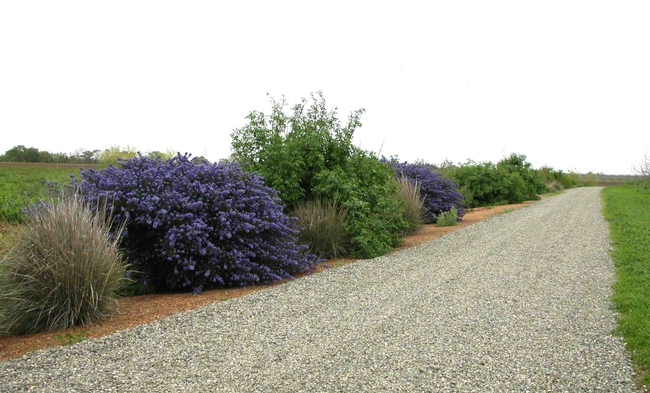
Who are you calling ugly?
If life were a Disney movie, we would have no trouble identifying beneficial bugs in our garden. They would all have big puppy-dog eyes and sing sweet songs. They would not have names like assassin bugs, which, in fact, some of them do.
So when we see creepy critters crawling and flying around our freshly planted vegetable garden, we have to work a little harder to distinguish the good guys from the bad guys. The good guys, by the way, are the ones who feed on what we consider the bad guys – insects like aphids that damage plants by clustering on young shoots, buds and leaves, sucking out the plant juices.
Ironically, in our bug-eat-bug world, your garden won’t attract the good guys without the so-called bad guys, so don’t get too worked up when you see some aphids, caterpillars, mealybugs and such. If you reach too quickly for pesticides, you will kill the allies along with the enemies.
So how can you tell the good from the bad? For starters, you have to get a good look at them, and for that I sometimes use a 10-power hand lens. Even up close, you won't see the good guys wearing white hats, but with practice they become easy to spot. Here’s quick look at the most common vegetable garden allies:
Lady Beetles, aka Lady Bug –
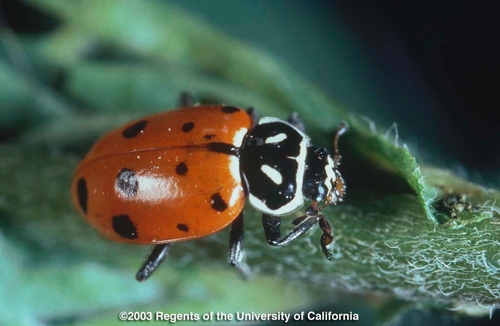
OK, this bug does look a little like a Disney creation, doesn’t it? Lady beetles feed on aphids and other soft-bodies insects. Lady beetles are flighty, so don’t be surprised when they leave your garden for greener pastures next door. But those that stick around will be a big help, gobbling up as many as 50 aphids a day.
Ground beetles
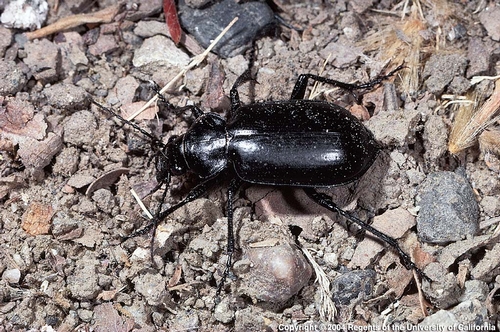
These guys are big, about ¾ inch, and they hunt at night, rooting around your leaf litter for insect eggs and larvae.
Soldier beetles
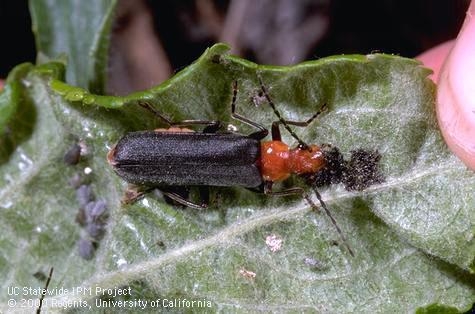
These bugs are good, well, soldiers, consuming aphids, caterpillars and grasshopper eggs.
Lacewings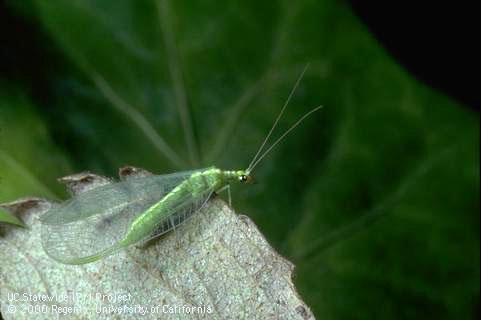
With their fairylike green wings, lacewings look like gentle creatures, but they are fierce predators in their larval stage, devouring aphids, caterpillars, mealybugs, leafhoppers, insect eggs, whiteflies and even other lacewings.
Snakeflies
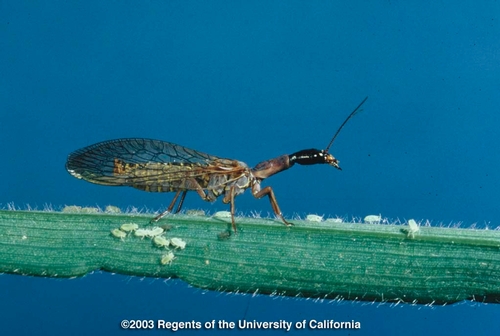
Snakeflies are related to lacewings and they consume a wide variety of orchard pests.
Parasitic wasps 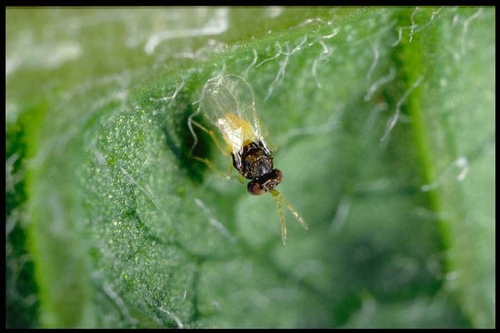
Parasitic wasps are a great defense against corn earworm, tomato fruitworm, cabbageworm and tent caterpillars. What’s more, female parasitic wasps lay eggs in aphids, which kills the host.
Assassin bugs 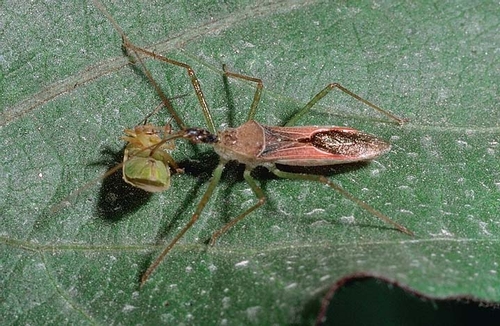
Assassin bugs prey on aphids, leafhoppers and caterpillars.
Dragonfly
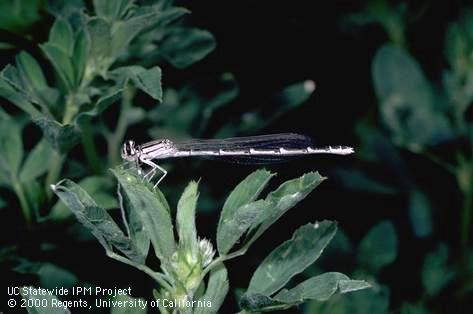
Besides being just plain cool-looking, a single dragonfly can consume some 300 mosquitoes a day.
Sryphid flies
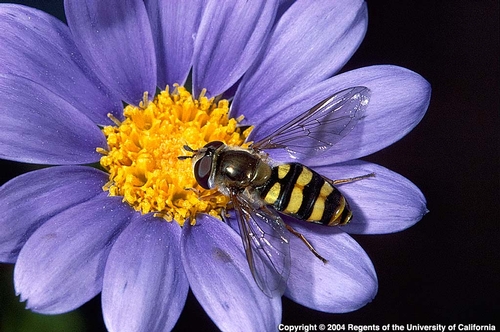
Syrphid flies will defend your garden against aphids.
Spiders
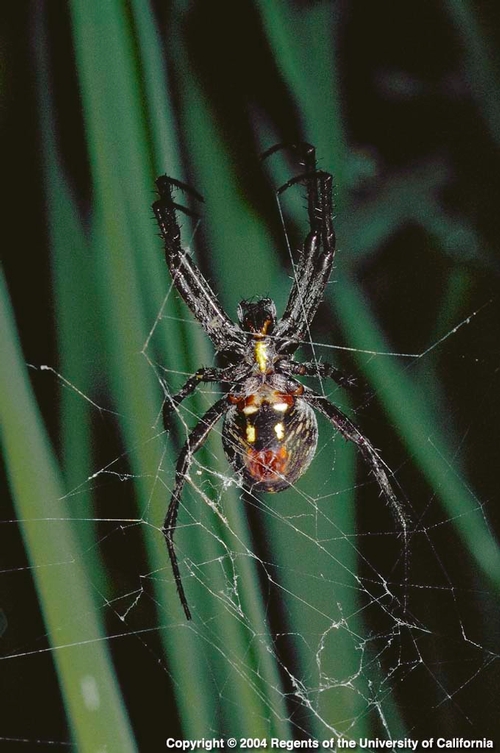
Spiders can look creepy, but these predators are excellent biological control agents. If you need a reminder of their ally status, just remember Charlotte’s Web.
What are good plants to plant among your vegetables to attract beneficials to your garden? Different crops have different needs, so it’s wise to check with your nursery or local master gardener, but a few of my favorites include statice, sweet alyssum, fennel, zinnia, cosmos, sunflower, marigold, yarrow and lavender. Beneficial bugs and insects also like dill, parsley and cilantro flowers, so when you’re done harvesting those herbs, feel free to let them flower. You’re buggy friends will thank you.
You can learn much more about friendly insects at the California Master Gardener Program and at UC Statewide Integrated Pest Management.